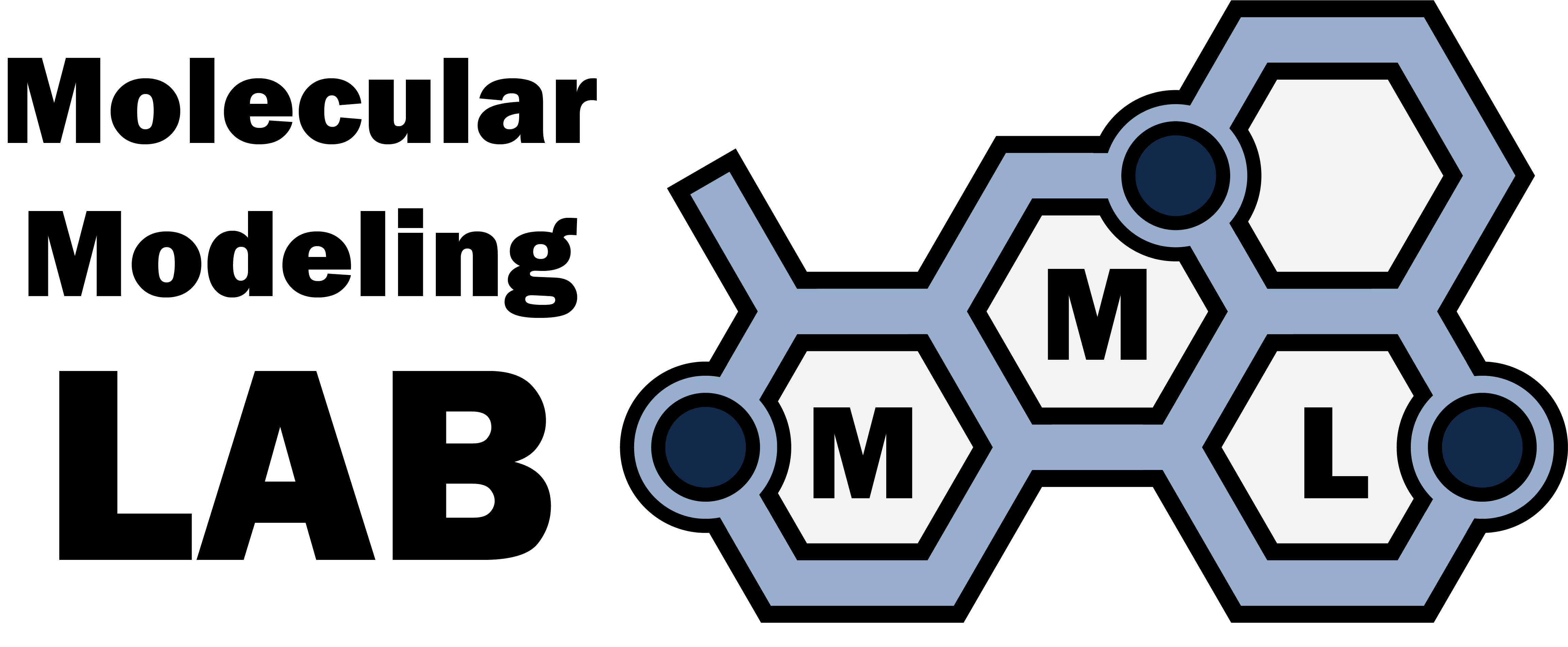
DeTox: Predicting Developmental Toxicity Potential
This is an online web portal to predict developmental toxicity, described in "PregPred: an In-Silico Alternative to Animal Testing for Predicting Developmental Toxicity Potential". To use, enter SMILES in the box below, or draw a compound and hit load SMILES, then click "Get Properties". Results will appear below. By default all models for all endpoints will be run. You can choose to turn off certain endpoints in the options sidebar. Fragment contribution maps are generated with RDKit. To turn on the maps, check the "Display contribution maps" in the options sidebar. It defaults to off because the maps will increase the runtime significantly, so if using please be patient. More information about these maps can be found here.
For the applicability domain calculation (AD), an ensemble confidence approach is used such that if the average prediction confidence of the ensemble of models is above 0.6, the prediction is considered "inside" the AD
Please cite "PregPred: an In-Silico Alternative to Animal Testing for Predicting Developmental Toxicity Potential". Models and code for this webserver can be found here.

Results
Developed by James Wellnitz and Ricardo Tieghi of the MML @ UNC
Supported by the National Institute of General Medical Sciences of the National Institutes of Health under Award Number T32GM135122. The content is solely the responsibility of the authors and does not necessarily represent the official views of National Institutes of Health
© 2024, all rights reserved